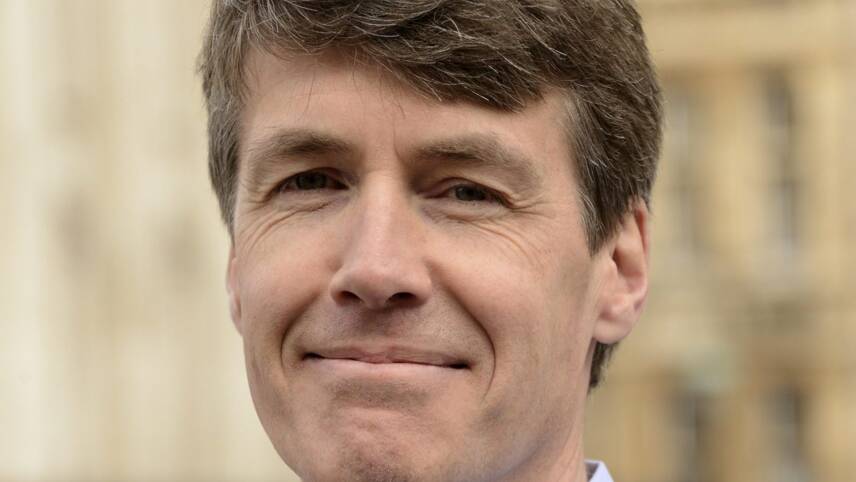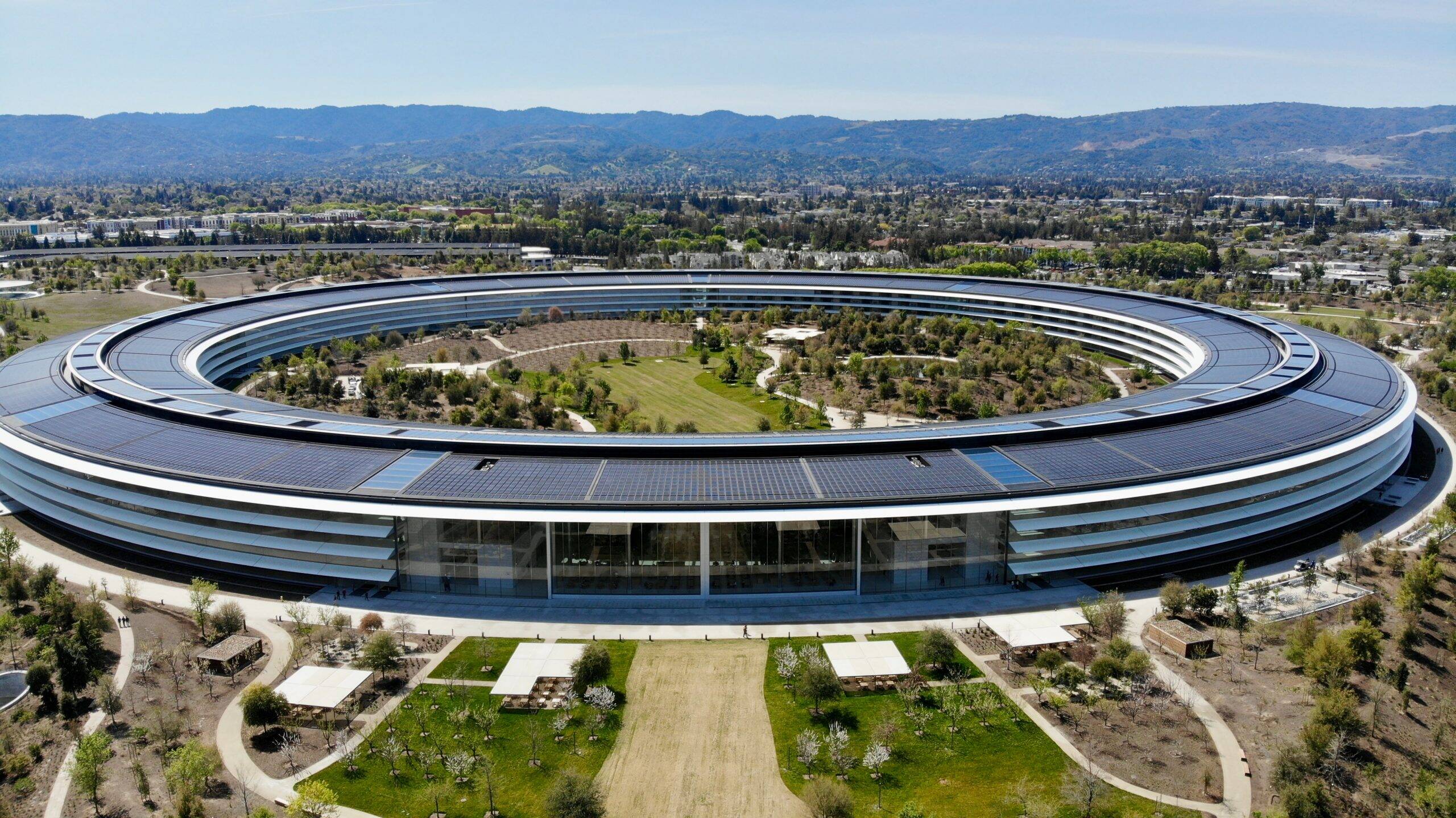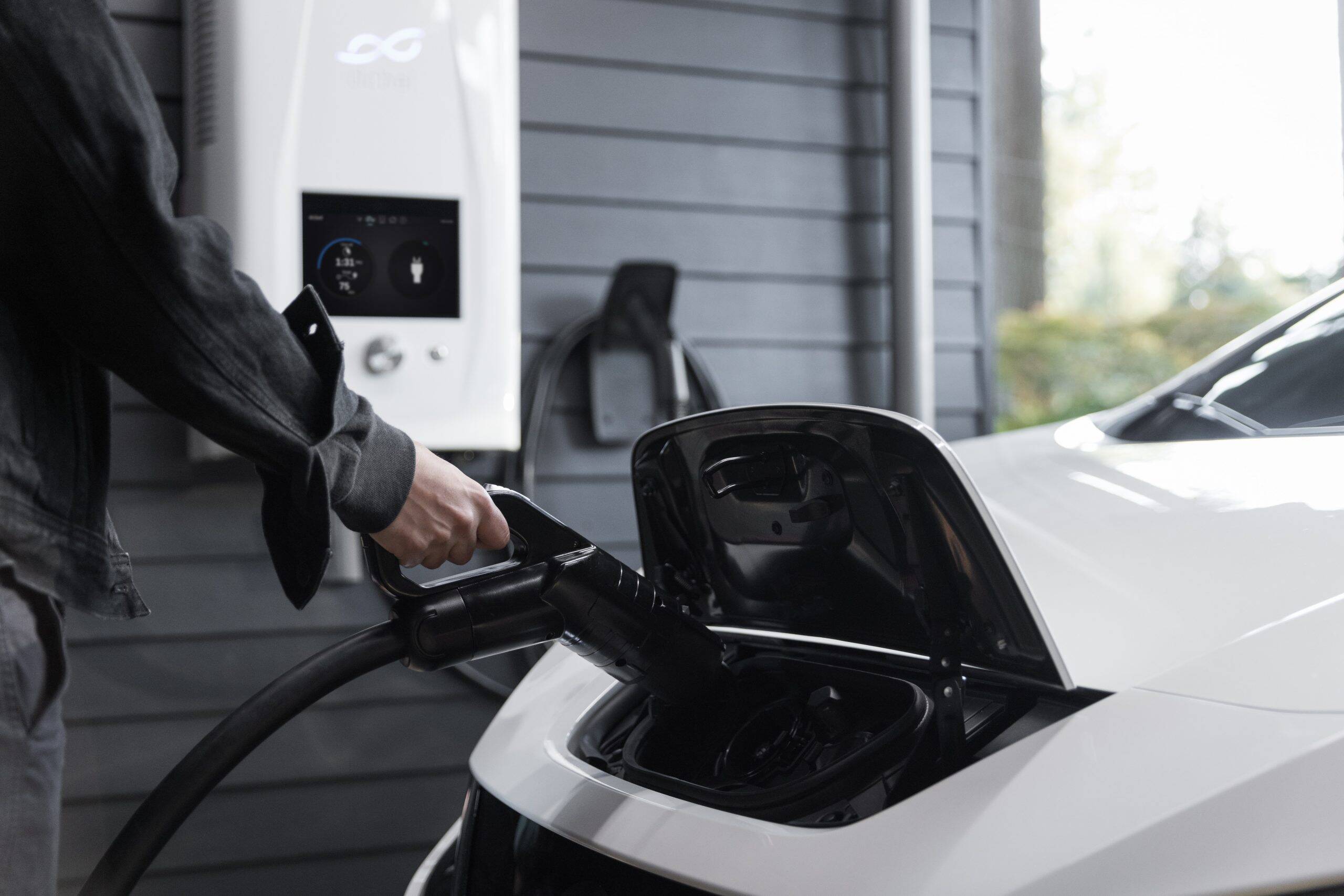You’ve reached your limit!
To continue enjoying Utility Week Innovate, brought to you in association with Utility Week Live or gain unlimited Utility Week site access choose the option that applies to you below:
Register to access Utility Week Innovate
- Get the latest insight on frontline business challenges
- Receive specialist sector newsletters to keep you informed
- Access our Utility Week Innovate content for free
- Join us in bringing collaborative innovation to life at Utility Week Live

DevicePilot CEO, Pilgrim Beart, reflects on founding and selling the platform which would eventually form British Gas’ Hive brand, what utilities can learn from Silicon Valley, and the value of ‘co-opetition’.
What was your first job in the utilities sector?
 I came into the utilities sector via the internet of things industry. I co-founded AlertMe, which built a smart home platform and was acquired by British Gas as the basis of its “Hive” brand.
I came into the utilities sector via the internet of things industry. I co-founded AlertMe, which built a smart home platform and was acquired by British Gas as the basis of its “Hive” brand.
At the time, we envisaged three key use-cases for the AlertMe smart home: security, energy and telecare. Energy was the one that ended-up being the most exciting use-case.
What has been your career highlight thus far?
Selling AlertMe at a $100m valuation was definitely a career highlight, and the kind of scenario I could only dream of when we first started. Building a successful business from nothing to the point of acquisition gave me the confidence, financial freedom and industry credibility to solve new challenges in the utilities sector.
At AlertMe we discovered how hard it is to manage large estates of smart energy devices and deliver excellent customer service – which is why I started DevicePilot, which is a tool to solve that problem for all smart energy companies.
What is the most significant way that today’s utilities sector differs from the one you first joined?
 When we started AlertMe in 2006, the relationship between customers and utilities was virtually non-existent. In most cases, it was limited to an estimated bill every year, which isn’t a great basis for a close relationship.
When we started AlertMe in 2006, the relationship between customers and utilities was virtually non-existent. In most cases, it was limited to an estimated bill every year, which isn’t a great basis for a close relationship.
The advent of the smart home has provided an opportunity for utilities to get much closer to customers. Utility providers now have live data they can use to better understand and better service their customers, while managing energy load on the grid as the nation switches to renewables.
With the rise of utility apps, smart meter displays, as well as live and variable billing, utilities can stay in much closer contact with customers and develop better relationships.
Which other industry do you feel that utilities can learn most from when creating the conditions for innovation?
Utilities should look to big tech as both a role model to follow and as the biggest threat to its future.
The Silicon Valley consumer electronics and software industry is becoming the dominant business model that is driving everything else forwards. It’s changing the landscape of transport, shopping, media, communications and even health and wellbeing.
Utilities are not immune from being ‘disrupted’ in the same manner. The industry needs to consider what it can learn from big tech, as well as how to stop it from eating their lunch.

What excites you most about the next 10 years in the utilities sector – any trends, tech or specific innovations?
Innovators love a challenge, and we are currently facing the biggest and most important challenge in human history in achieving net zero. This challenge will shape the future of the utilities sector for the rest of our lives. From a commercial perspective, the inexorability of climate change provides increasing motivation and support for innovation. The risks of innovating in the sector will shrink dramatically. The much bigger risk is doing nothing.
I think the thing which excites me most – but which I admit may well be the most challenging – is “joining it all together”. The success of innovations such as EVs, heat pumps etc. are virtually guaranteed, and they will all have individual value. However, the benefits become significantly bigger – and the potential downsides significantly smaller – once we can start to manage everything dynamically. That’s no easy task, given the hundreds of different standards in use. The unifying factors I think will be consumer electronics and internet connectivity.
What is the change you’d most like to see within the utilities industry?
It is very heartening to see companies like Octopus doing well by being smart and taking well-judged risks. It’s helped them leapfrog the competition, and I’d like to see more businesses taking these smart risks.
How do you feel utilities companies can collaborate more – or more effectively?
There is huge benefit in “co-opetition”. Although utilities are competitors, they share largely the same problems. In areas such as standards it is to everyone’s interest to define and implement open standards which unlock innovation.
What is the most significant way you think the utilities sector of ten years’ time will differ from the one we see today?
 Utilities of 2030 onwards will offer a lot more than just “units of energy”. They’ll have all sorts of service offerings, which will increasingly play well with each other, for instance, an EV charger that works well with your time-of-use tariff, or a smart heating system that understands how to get the most from your heat pump and upcoming weather.
Utilities of 2030 onwards will offer a lot more than just “units of energy”. They’ll have all sorts of service offerings, which will increasingly play well with each other, for instance, an EV charger that works well with your time-of-use tariff, or a smart heating system that understands how to get the most from your heat pump and upcoming weather.
Underpinning all these new services is the need for more and more devices, which will need to run correctly and reliably.

See this content brought to life at Utility Week Live, 17-18 May 2022 NEC Birmingham
Delivering the smart meter rollout and Delivering smart energy networks are among the frontline challenges at the heart of Utility Week Live 2022’s live content programme.
View the challenges and be alerted for tickets to the industry’s most eagerly awaited reunion at utilityweeklive.co.uk
Please login or Register to leave a comment.